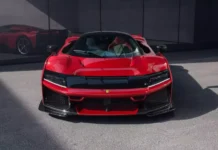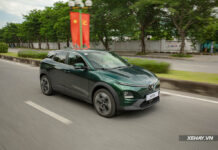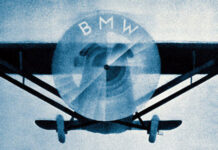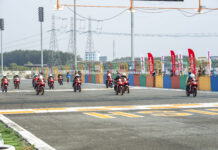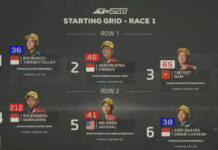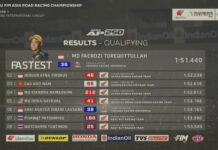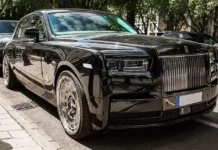Audi has just unveiled the latest generation of its compact SUV, the Q3, and the most notable feature is not its engine, technology, or styling, but rather the stalk behind the steering wheel. Audi has completely redesigned the control cluster. The new Q3 moves all gearshift operations between P-R-N-D to the right-hand side. This means the left stalk now handles multiple functions, including turn signals, headlights, wipers, and washers, all in one stalk.
Audi’s new interior feature sparks debate: Cluttered or innovative?
Is Integration Always Better?
The new layout has raised concerns about complexity. A single mistake, such as turning off the headlights instead of indicating a turn, could potentially impact safety. Integrating multiple functions into one control stalk also means users will need time to adapt, especially in emergency situations.
Check out the video below for a description of how the stalk behind the steering wheel on the Audi Q3 works:
A similar approach was taken by Tesla when they removed the traditional stalk on the Model 3 Highlander, opting for buttons on the steering wheel and a screen interface, which also sparked controversy.
This idea is not entirely new, however. Mercedes-Benz, Audi’s long-time rival, has been using a similar layout with the gear shift on the right and functions on the left for many years. Some American car manufacturers, such as GM and Ford, have also experimented with this approach.

The “multi-functional” stalk on the Audi Q3 has a complex design: the top part includes turn signal buttons (up/down), headlights/horn (push/pull), quick wiper, and washer button. Below that is a wheel to control wiper speed and a separate button for the rear wiper.
While some may view this design as “overloaded,” others on Reddit praised it, saying, “This design is actually quite logical” and “It’s better than the touch-sensitive buttons on the VW steering wheel.”

All gearshift operations are moved to the right side
Audi, a premium brand within the VW group, is undergoing a significant design philosophy shift. Moving the gear shift from the central console to the steering wheel stalk creates a more minimalist space, but it has also sparked a debate.
It’s All About Habits

While Audi’s design may be considered “feature-rich,” it’s not necessarily a wrong approach. With the ever-increasing integration of technology in automobiles, the challenge for manufacturers is to consolidate multiple functions while maintaining ease of use.
As with any groundbreaking change, mixed reactions are inevitable. Ultimately, the decision lies with the consumers, and the market will be the judge of whether this design is a true improvement or merely a controversial design gimmick.







